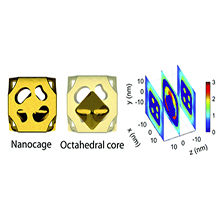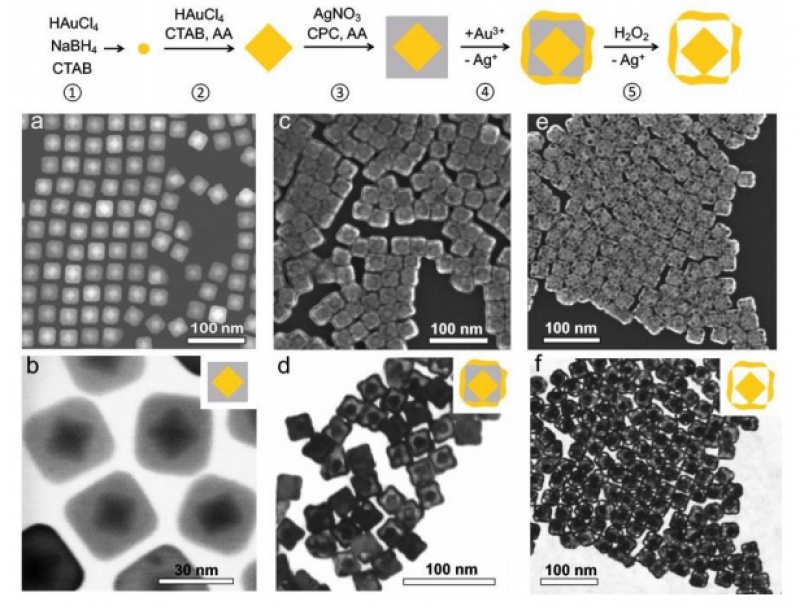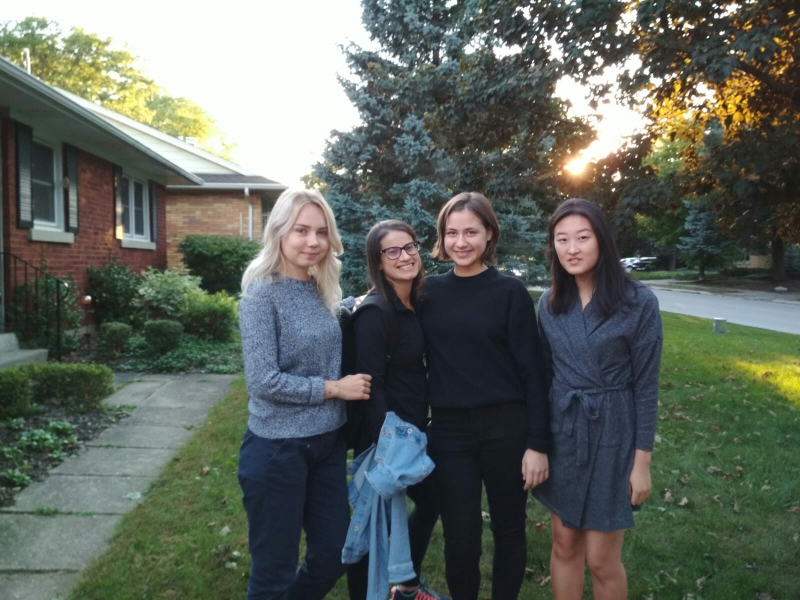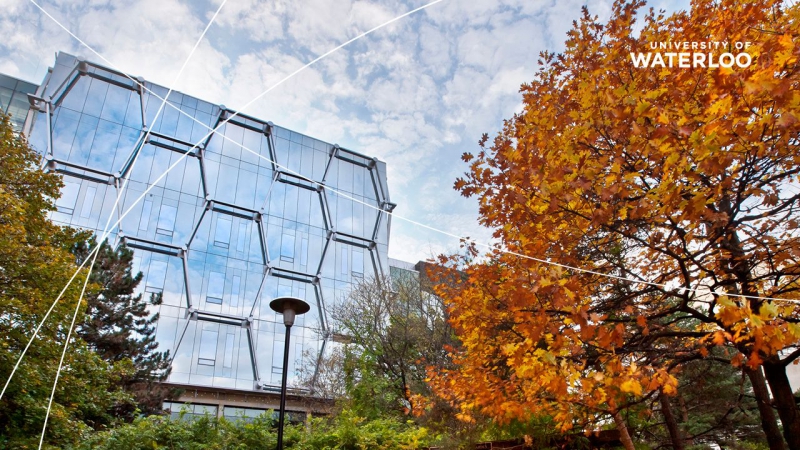
Ksenia Mosina, a Master’s student at ITMO University’s SCAMT Laboratory, went to Canada as part of her student exchange program to participate in research on the synthesis of gold core-shell nanoparticles for biosensing and photocatalysis. The results of the research were published in Nanoscale. In this interview with ITMO.NEWS, Ksenia shares about her experiences and the skills she acquired in the Canadian laboratory.
Ksenia Mosina: From its very foundation, SCAMT Laboratory has been involved in active collaboration with a range of international laboratories and universities. Among our activities are several research projects that we launched together with the University of Waterloo in Canada in summer 2018.
There is a laboratory at the University of Waterloo headed by Anna Klinkova that focuses on the synthesis of nanomaterials for applications in alternative energetics and electrocatalysis. They invited SCAMT Laboratory’s students to develop accelerators based on metals and biomaterials. The project I worked on was dedicated to the synthesis of gold nanoparticles and examining their plasmonic and catalytic properties. We devised a plasmonic core-cage structure based on a hollow nanoparticle with a small gold core inside. Combined with signal molecules, these nanostructures can cause local electric field enhancement, a property that can be used in electrocatalysis and the synthesis of new materials for chemistry and biology. We published our research in Nanoscale.
The project we worked on was conducted in two stages. First, we synthesized nanoparticles and then carried out certain experiments to test their possible applications. We are really grateful to our research advisor Elena Krivoshapkina, who came from Russia to support us. We are also grateful to our Canadian colleagues, who were always friendly and ready to help.

This internship was an invaluable experience for me. In the course of a year, I mastered the synthesis of nanoparticles and learned about their applications. It helped me strengthen my knowledge and broaden my horizons. The main thing I got out of this internship is the sense of responsibility: though your research advisor can always give you some piece of advice, it’s you who are responsible for all your actions.
There are some peculiarities that make the working process in Canadian laboratories rather different from ours. For one, they sort and recycle all their waste, and pay a lot of attention to safety in the workplace. Working overtime is controlled by the university and security officials.
The University of Waterloo hosts annual conferences and showrooms of their equipment in order to create a platform for communication between professionals in various fields. Students are also encouraged to participate, so we got a chance to share the results of our projects with other researchers. Though it was summer and most students were on vacation, we still had an opportunity to socialize a bit when visiting a free student gym, swimming pool, the city library, and even a prom.

Doing research at the University of Waterloo means interaction with lots of people from different countries, religious and social groups. This is a perfect place to master patience, diplomacy, self-confidence, and ability to clearly express your thoughts. This was my first time working in such an international team and I really enjoyed it.

There is data on our plasmonic nanostructures’ applications in various fields, including targeted therapy, so this project has a bright future. However, our collaboration with the University of Waterloo doesn’t end here: we plan to launch another joint research project on doped carbonic materials based on polymers.
Article: An aligned octahedral core in a nanocage: synthesis, plasmonic, and catalytic properties
(author Anastasia Komarova)